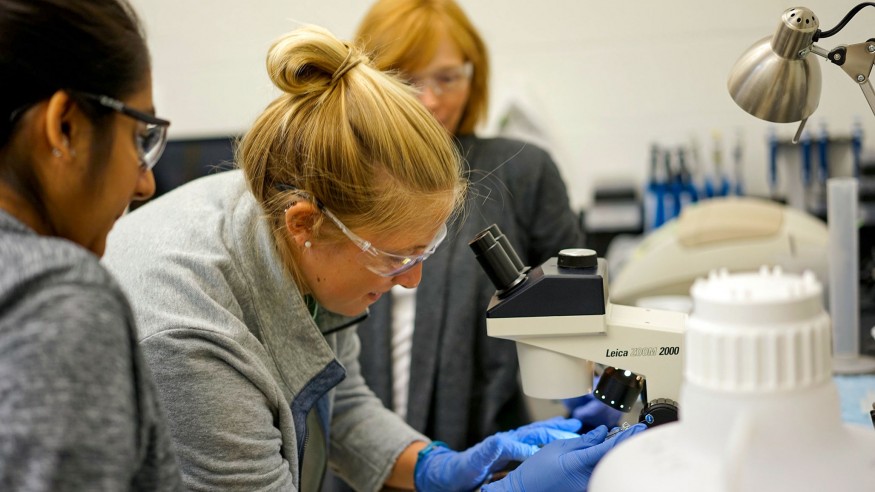
Summer Science Research Program
Unique OWU Program Helps Students Develop Hands-On Research Skills
This summer, they studied everything from star spots to artificial intelligence.
A total of 28 Ohio Wesleyan students participated in the University’s 10-week Summer Science Research Program, which enables students annually to conduct original research with faculty mentors.
This summer’s participants will present their findings next month during the annual Patricia Belt Conrades Summer Science Research Symposium. The hour-long event will be held at noon Sept. 18 in the atrium of the Schimmel/Conrades Science Center.
Meet Some of This Year’s SSRP Participants and Read About Lessons They’ve Learned
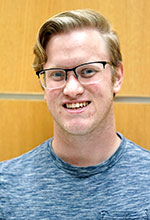
Alec Nicholas Martin ’19, an astrophysics major and mathematics minor from Glenmont, Ohio, researched “Starspots on LO Pegasi” under the guidance of Robert Harmon, professor of physics and astronomy.
“I’m learning mostly the difficulty of recording data in the real world,” Martin says. “Especially for astronomy, there are many factors that play into systematic and random errors as well as dealing with atmospheric conditions every night. This all has taught me techniques to solve these errors and several ways to think about what is happening with our data.”
After graduation, Martin plans to go to graduate school to get a Ph.D. in astrophysics.
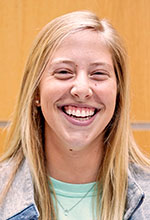
Paige Haenig ’18 conducted “a comparative study of the structure and function of placental tissues in the teleost fish Poeciliopsis.” Haenig, a pre-professional zoology major and chemistry and psychology double minor from Altoona, Pennsylvania, conducted her research under the mentorship of Tamara Panhuis, associate professor of zoology.
“This experience specifically matters to me because it teaches you how to work with others in a different way than sports or group projects,” she says. “This is a long-term relationship where we spend hours every day collaborating, experimenting, [and] researching.”
After graduation, Haenig plans to attend veterinary school.
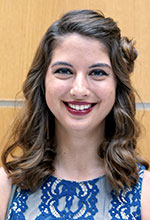
Erika Shultz ’19 focused her research on “Video Games and the Neural Correlates of Cognitive Control.” Shultz is a neuroscience major pursuing a behavioral/cognitive track and a politics and government minor from Tiffin, Ohio. Over the summer, she worked under the guidance of Kira Bailey, assistant professor of psychology.
“The SSRP has allowed me to become acquainted with the aspects of research science that aren’t necessarily obvious or talked about in the classroom,” Shultz says. “I am able to experience the reality of my chosen career path, the good and the bad. … Science is messy and things go wrong all the time. Instead of despairing, you just have to grit your teeth and push through to find or develop solutions. Sometimes it takes a few hours and sometimes it takes months, but the knowledge you gain in the end is worth it.”
Shultz will attend graduate school to get her Ph.D. after graduation.

Dianyi Li ’18, an economics and geography double major from Chengdu, China, and Christopher Pessell ’18, a geography major from Cincinnati, Ohio, researched the “Production and Routing of Surface Meltwater on the Greenland Ice Sheet Ablation Zone.” Li and Pessell worked under the mentorship of Nathan Rowley, assistant professor of geology and geography.
“The most important lesson I have learned from my mentor is to take pride in my work, because with that pride comes the drive to make your work as perfect as it can be,” Pessell says.

SSRP has also allowed Pessell to sharpen his skills with programs such as ArcGIS, a platform for working with maps and geographic information, he says.
Li says, “This experience helps me realize the process of science research and I get to know the daily schedule for doing research, which is different from general school life.”
After graduation, Li will attend graduate school. Pessell says he plans to find work in a field that will utilize his skills in geographic information system (GIS), such as disaster risk management.
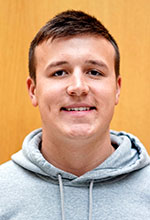
Benjamin Whitbourn ’19, a neuroscience and pre-professional zoology double major and chemistry minor from Norwich, United Kingdom, researched the “Analysis of Cell Division and Development in C. elegans and Other Nematodes.” He conducted his research under the mentorship of Danielle Hamill, professor of zoology.
“This research is particularly important to me as a study of nematodes, in particular C. elegans, can provide important assistance in advancing human medicine and development,” Whitbourn says.
Whitbourn wants to enter the medical field and is considering attending medical school after graduation.
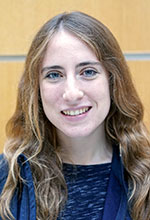
Madeline Meyer ’20 worked in the NASA lab of Chris Wolverton, professor of botany/microbiology, Meyer is a pre-medicine and neuroscience double major and chemistry minor from Marion, Massachusetts. (Wolverton’s plant research is set to be delivered to the International Space Station in November.)
“It’s interesting to see all the topics from different classes interwoven – between genetics, biology, and chemistry specifically in this lab,” Meyer says. “Aside from being interesting, learning to internalize experiments in plant physiology and techniques in research will help me research independently later in medical laboratories when I have to hypothesize and develop and interpret experiments on my own.”
Meyer plans to attend medical school after graduation.
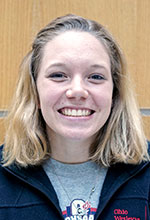
Madeleine Sorrick ’19, from Hiram, Ohio, conducted research titled “Challenge Accepted: An Analysis of Aggression and Hormone Levels in Carolina and House Wrens.” Sorrick is majoring in biochemistry, pre-professional zoology, and pre-medicine. This summer, she worked under the mentorship of Dustin Reichard, assistant professor of zoology.
“Dr. Reichard has taught me the ups and downs of real-life field work, and how to deal with all the obstacles that we face on a daily basis,” Sorrick says. “He has really helped me make this research project my own, and allows me to do hands-on learning by practicing new things every day.”
After graduation, Sorrick plans to find a job in the medical field.

Serena George ’19, a pre-professional zoology and environmental studies double major and Spanish minor from Palos Park, Illinois, researched “Paternity and mating behaviors in the sailfin molly, Poecilia latipinna.” Shala Hankison, associate professor of zoology, was George’s faculty mentor.
“[B]ecause this project incorporates techniques like DNA extraction and PCR, it’s the perfect chance for me to apply what I learned in the classroom and to learn new techniques,” George says. “I’m gaining more animal behavior and animal care experience as well.”
George wants to attend veterinary school after graduation and possibly pursue a career as a wildlife veterinarian.
Learn more about Ohio Wesleyan’s Summer Science Research Program at www.owu.edu/ssrp.
